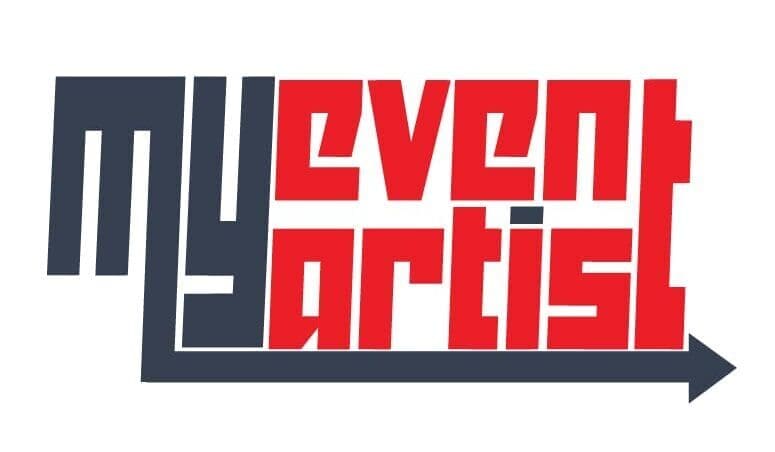A historical look at famous sports logos and what today’s event organizers can learn from them.
Sports logos are more than just graphics—they’re powerful symbols that capture the essence of teams, cities, and eras. From vintage emblems stitched onto wool jerseys to the sleek, modern icons filling today’s arenas, the journey of iconic sports logos reveals essential lessons for any event organizer or brand looking to leave a lasting impression.
Let’s take a closer look at how legendary sports logos have evolved, what design elements have stood the test of time, and how you can apply their time-honored strategies to modern event branding.
A Brief Timeline: How Sports Logos Became Iconic
Early Years: Tradition Meets Identity
In the early 1900s, sports teams began using logos primarily as identification marks. Think of the intertwined “NY” of the New York Yankees (introduced in 1909) or the Boston Red Sox’s classic red socks emblem. These designs were simple out of necessity—limited printing and embroidery capabilities meant clarity and recognizability were crucial.
Key Lesson:
Simplicity breeds memorability. Early logos stuck in people’s minds because they were easy to recognize and reproduce.
The Rise of Personality: Mascots and Custom Lettering
By the mid-20th century, sports logos embraced bold, distinctive personalities—like the cartoonish, wide-grinned Chicago Bulls introduced in 1966, or the playful yet aggressive Detroit Tigers “old English D.” Mascots, custom typography, and vivid illustrations created emotional connections and fan loyalty.
Key Lesson:
Infusing character into your logo helps personalize your brand and create emotional ties with your audience.
Modern Era: Refinement and Versatility
As digital media became central, the last few decades have seen logos streamlined for adaptability. Recent rebrands—such as the LA Rams’ sleek horned “R” or the minimalist update of the Brooklyn Nets’ logo—show a move towards clean lines, optical versatility, and colors that pop across all platforms, from jerseys to mobile screens.
Key Lesson:
Design for every medium. Your logo must remain striking in print, on merchandise, and across digital channels.
Case Studies: What Makes a Logo Stand Out?
1. The Chicago Bulls
Unchanged since 1966, the Bulls’ logo features a fierce, red bull’s head. Its enduring appeal lies in its expressive features, bold colors, and timeless simplicity. It tells a story at one glance: strength, tenacity, and pride.
2. The Olympic Rings
First introduced in 1913, the five interlocked rings represent unity across continents. Its symbolism and unmistakable form have been used for over a century without significant redesign—a testament to clarity and universal meaning.
3. The Dallas Cowboys
A lone blue star—nothing more. This logo’s impact reminds us of the power of minimalism. It’s visually simple, yet incredibly rich in association.
4. The Toronto Raptors
Their move from a cartoon dinosaur to a modern, basketball-shaped claw mark shows how logos can evolve for broader, more mature appeal, while still keeping core identity alive.
Timeless Design Elements in Iconic Logos
- Simplicity: The best logos distill complex identity into bold, recognizable shapes.
- Versatility: Successful logos work on hats, banners, social icons, and anywhere else.
- Distinct Personality: Whether through color, mascot, or type, memorable logos stand apart.
- Storytelling: Every enduring logo tells a clear story about its team, values, or community.
Lessons for Modern Event Organizers
1. Start with Meaning:
Don’t just follow trends. Begin your logo design with a story—local heritage, community values, or unique event features.
2. Prioritize Versatility:
Design with every possible application in mind. Your logo should look just as powerful on a poster as on a water bottle or event badge.
3. Keep It Recognizable:
Avoid unnecessary complexity. Simplicity will help people remember your brand, even after a fleeting glance.
4. Build in Flexibility:
Consider how your design elements could evolve for future editions or special versions, so your brand grows with your event.
5. Embrace Professional Asset Creation:
Use vector graphics for scalability and crisp printing, and select fonts and colors that resonate emotionally with your audience—lessons echoed by every enduring sports brand.
Conclusion: Crafting the Next Iconic Logo
The most legendary sports logos are woven into our collective memory because they combine clarity, meaning, and personality. As you develop branding for your sports event, take inspiration from the icons of the past—but make it your own. With thoughtful design grounded in the lessons of history, your logo can energize your audience and represent your event for years to come.
Ready to bring your event’s story to life?
Explore customizable professional logo templates, mascot designs, and more at https://myeventartist.com/shop/.
Keywords: iconic sports logos, sports branding history, event logo design, lessons from sports logos, modern branding strategies
#SportsBranding #LogoDesign #EventBranding #IconicLogos #BrandStorytelling



Leave a Reply